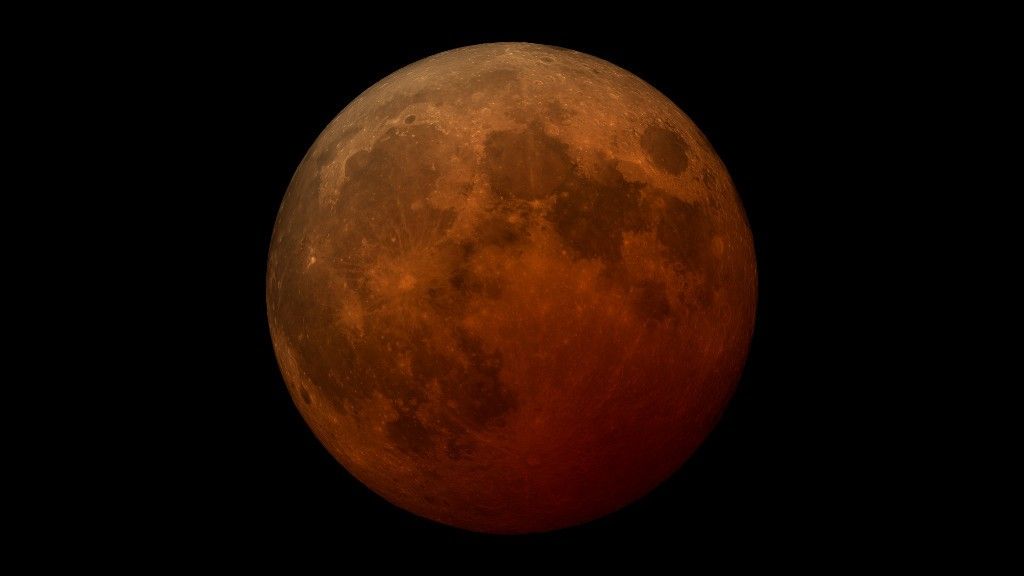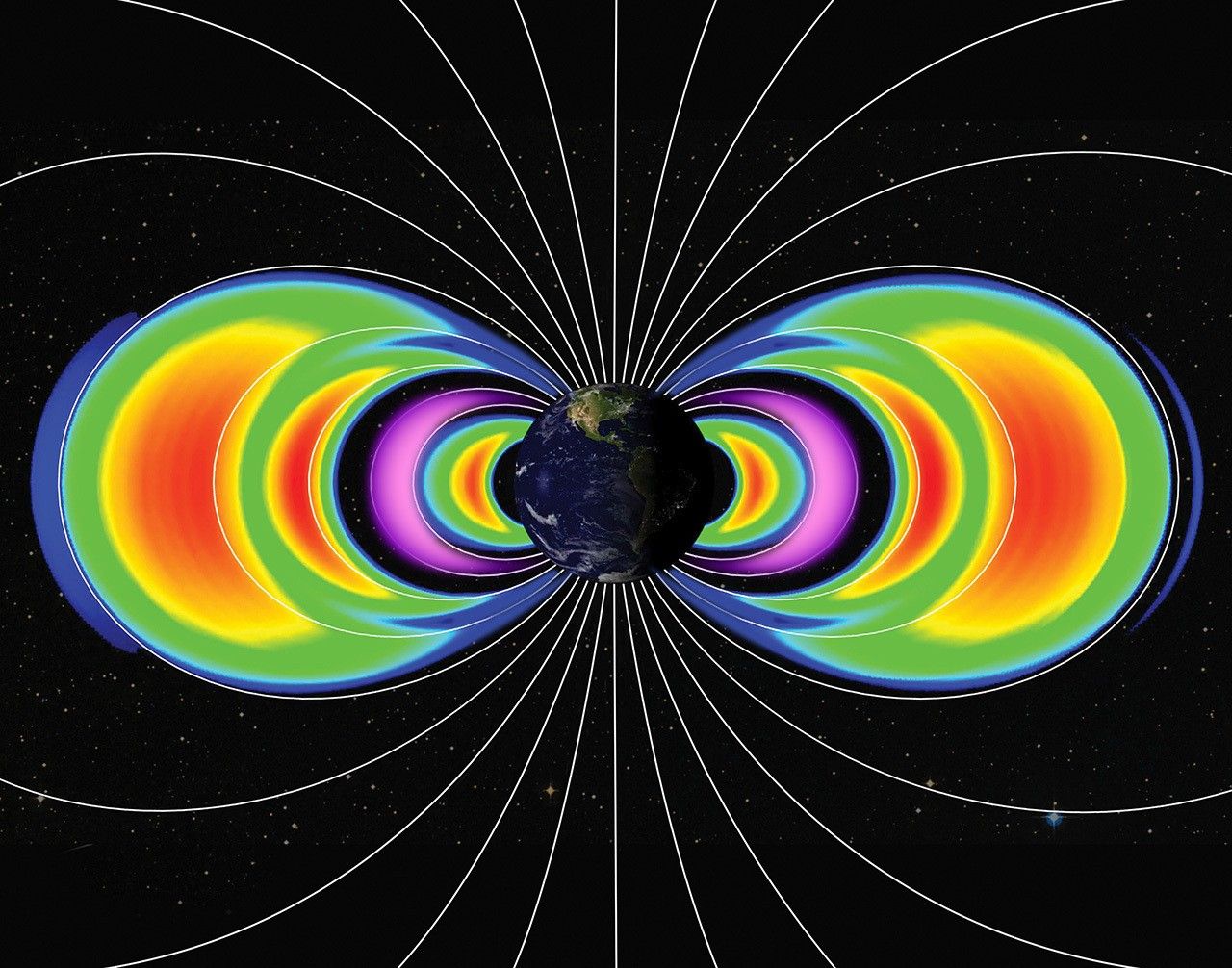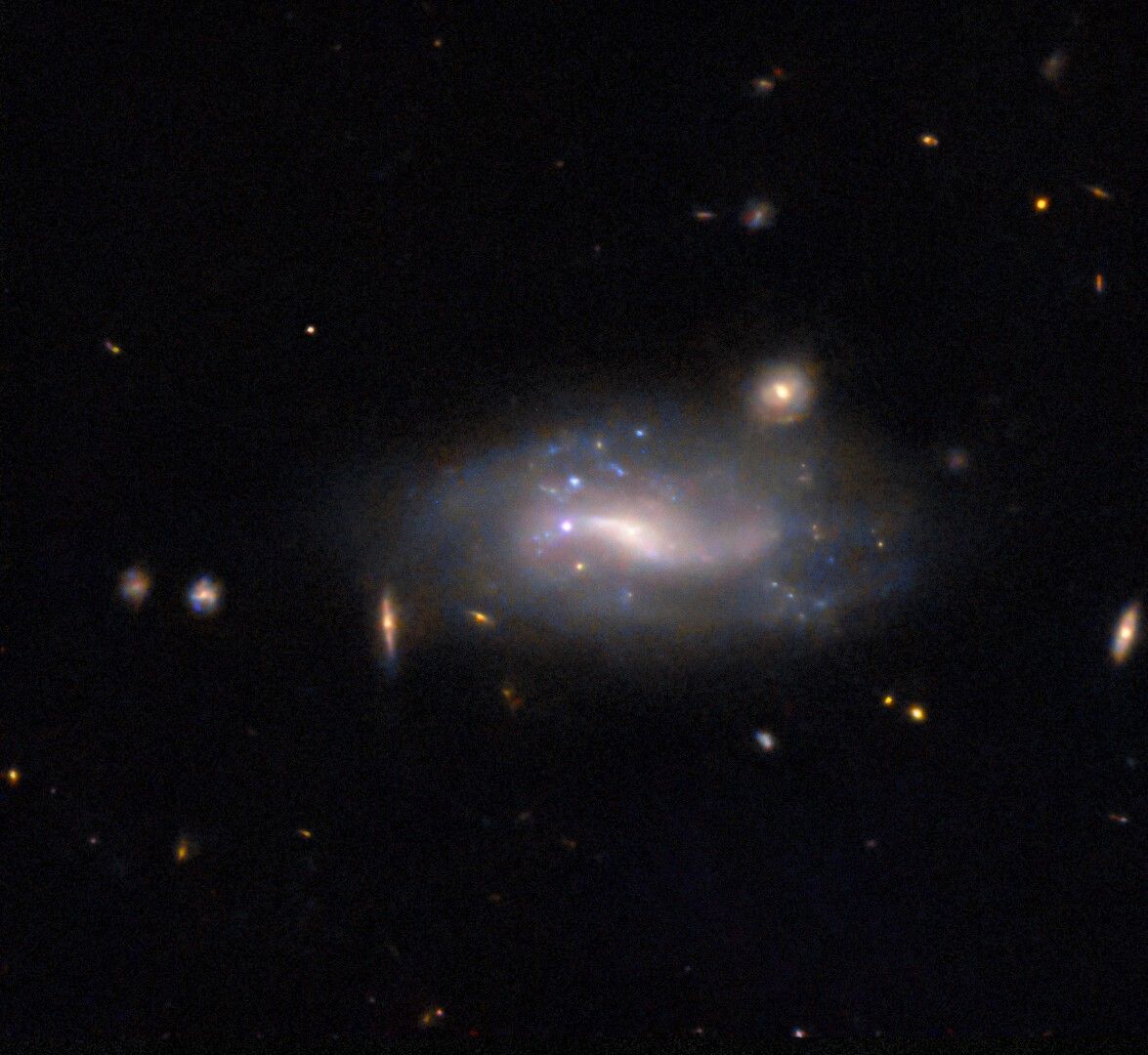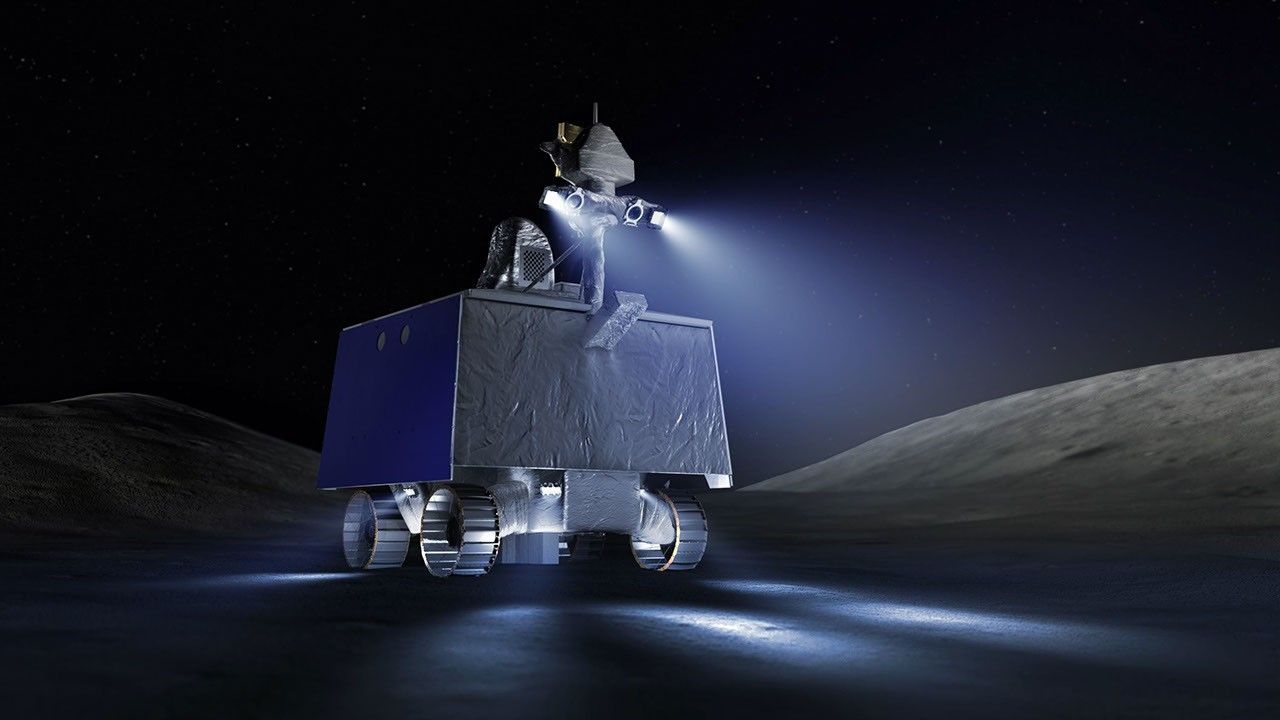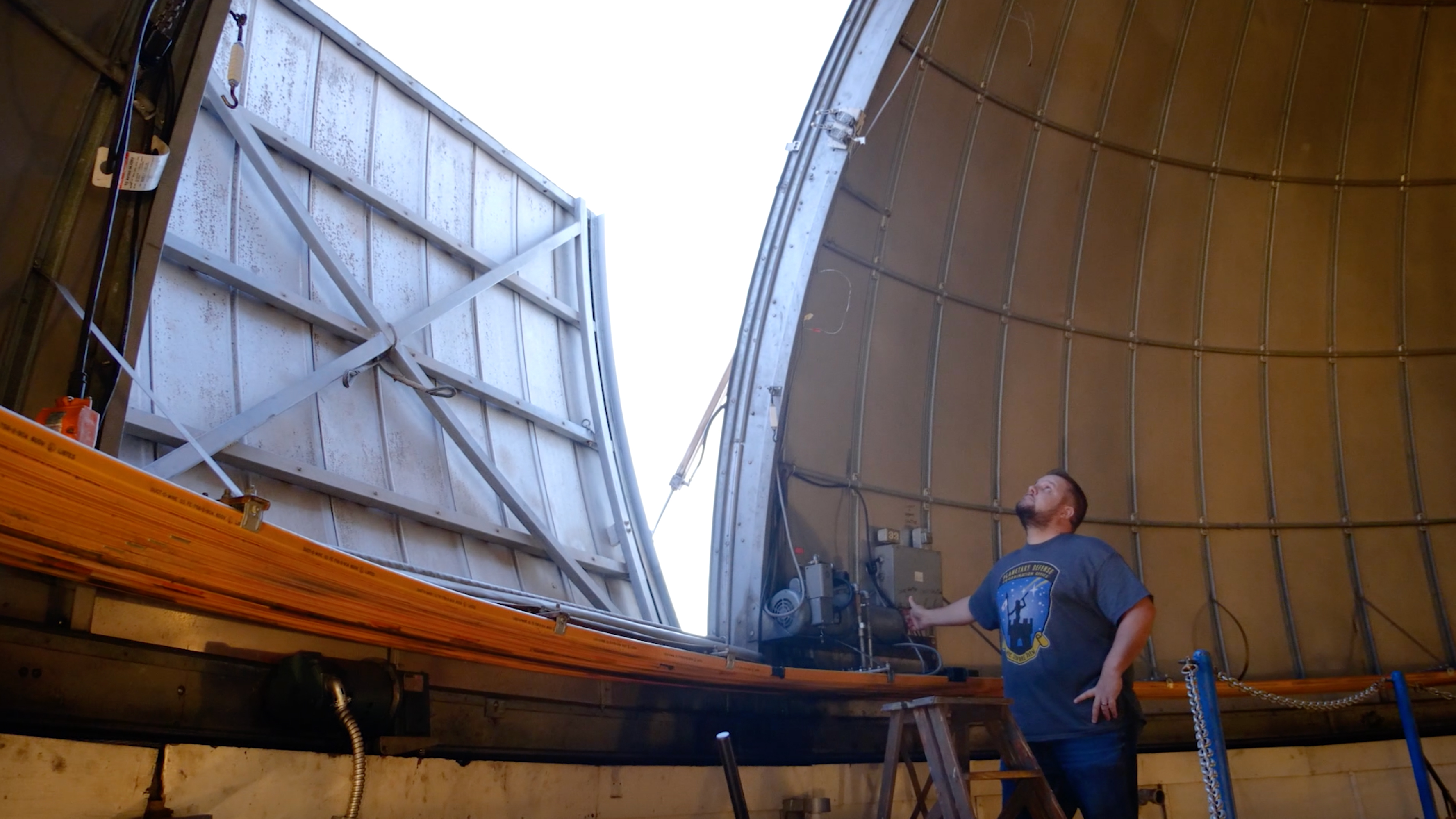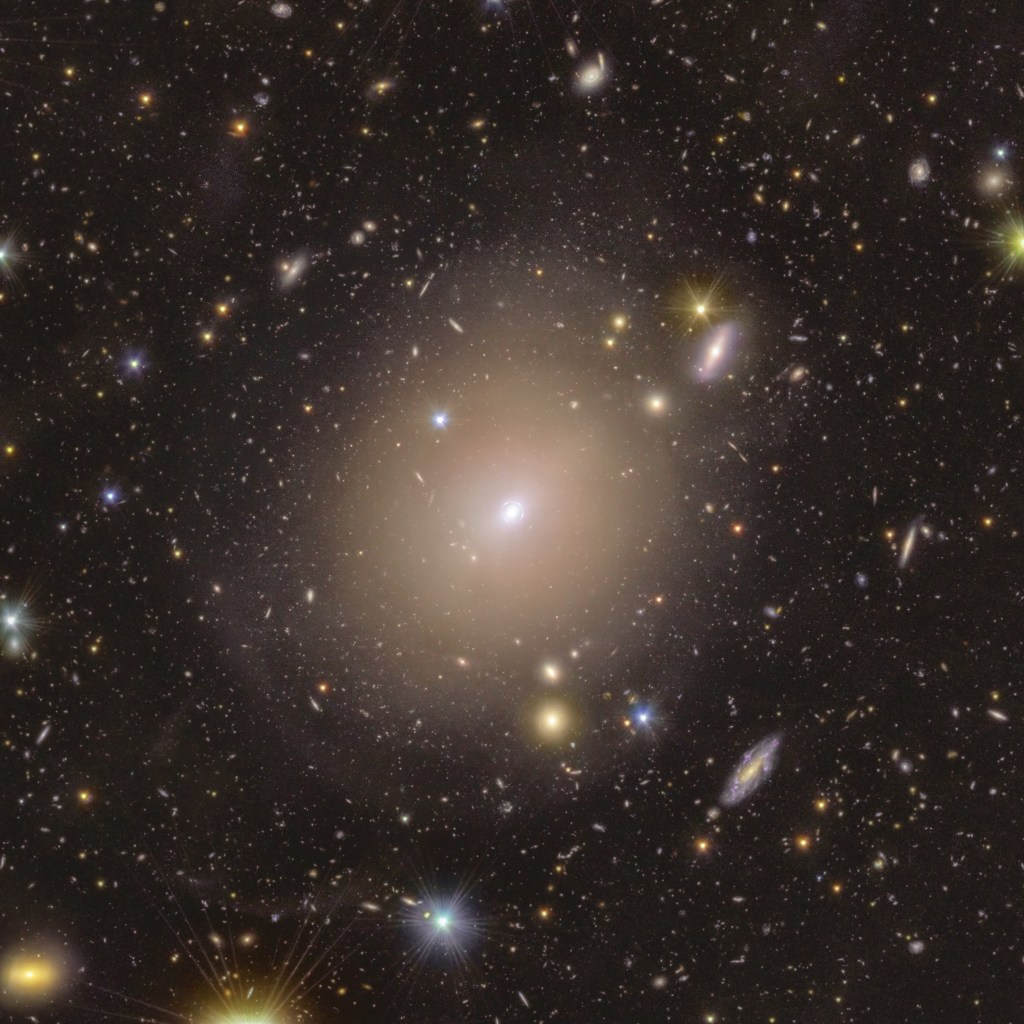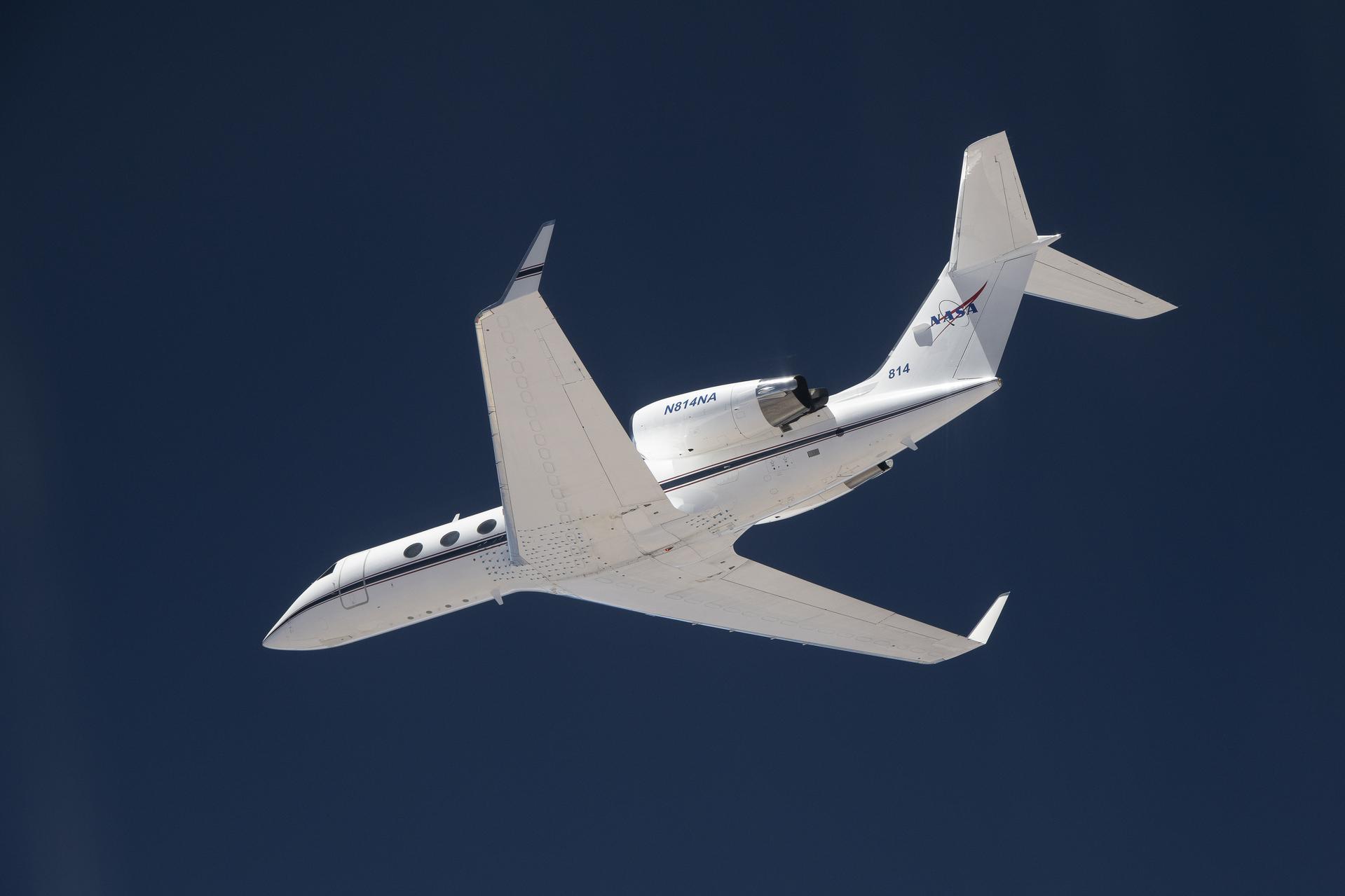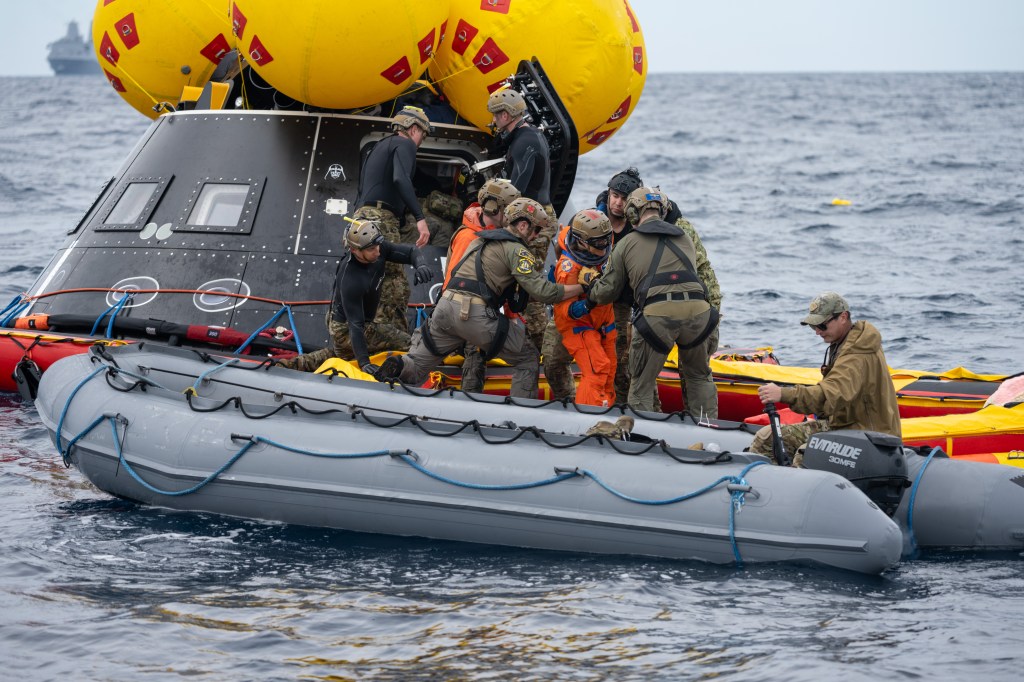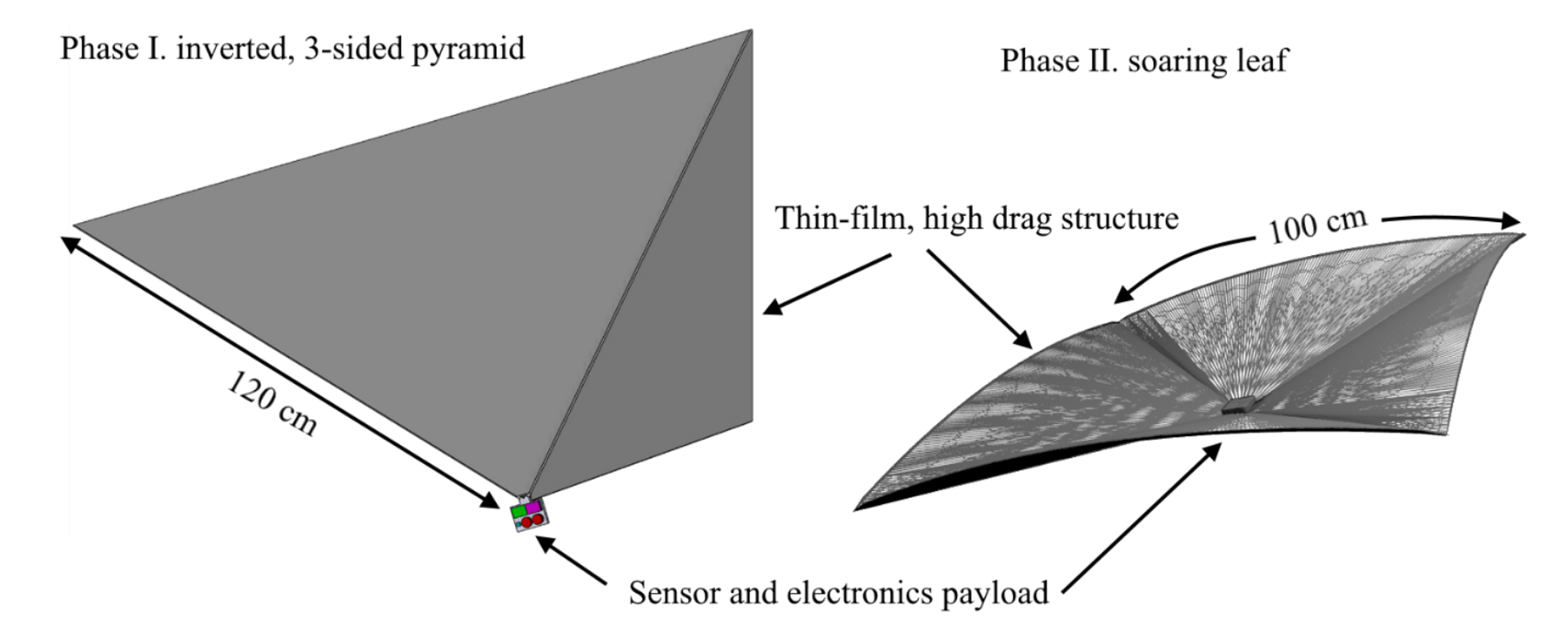Jeffrey Balcerski
Ohio Aerospace Institute
The LEAVES (Lofted Environmental and Atmospheric VEnus Sensors) architecture is a “swarm” approach to obtaining key, in situ, Venus atmospheric data for exceptionally low cost and risk. This is made possible by an ultra-lightweight, passively-lofted, inexpensive atmospheric sensor package that can be deployed directly from orbit without an aeroshell and is sensitive enough to yield valuable new, transformative information on planetary atmospheres. LEAVES uniquely enables atmospheric sensing through combining miniaturized sensors, electronics, and communications on a lightweight physical “kite” that acts as a passive, drifting body when in the presence of a substantial planetary atmosphere, like the cloud-bearing upper and middle atmosphere of Venus. This allows for ~9 hours of science operations at the targeted regions in Venus’ clouds. LEAVES utilizes components appropriate for Venus such as high precision, targeted, chemical species sensors which are now commercially available or have been matured to TRL 5-6 by other applications and programs (i.e. NASA SBIR and HOTTeCH). With a per-unit mass of only 130 g, this concept is ideal as a secondary payload or enhancement for a Venus orbit-targeted mission and is capable of obtaining key data about the dynamic state and composition of Venus’ atmosphere that is difficult to access with remote techniques. This Phase II effort will mature the Phase I findings by engaging in high-fidelity aerothermal simulations of orbital deployment, capture, and flight, and will allow practical demonstrations of improved approaches to communications, tracking, and structural configurations.

